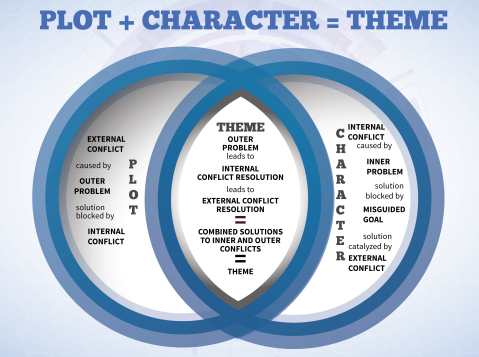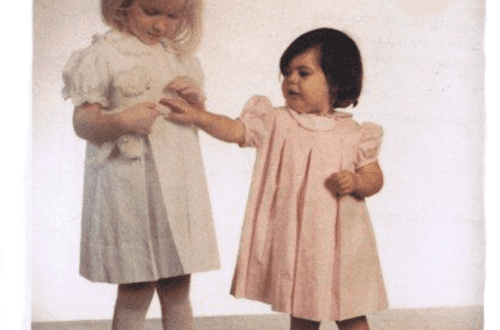
Vices: exterior and character. What to do?
Vices: exterior and character. What to do?
A trained horse is the result of a thorough and systematic quality training based on classical principles of work, developed over many years by experienced craftsmen. Each rider comes to equestrian sport without experience and accumulates it throughout his life. Each new generation thinks that there are established methods and certain new trends designed to bring progress and improve the results of working with a horse. Thanks to the merit of breeders, competent maintenance and proper nutrition, now there are less and less horses with a really complex congenital character or birth defects in physique. But such horses still exist and when you, as a rider or trainer, take them into work, you will need tremendous patience and calmness.
Horse training does not always move smoothly and progressively. Sometimes it also happens that a seemingly well-trained horse that had a desire to cooperate suddenly begins to show disobedience. The rider/coach should ask questions: was the work regular, was it appropriate for the horse’s fitness, was it timely, was it challenging for the horse’s strength. It is necessary to pay attention to whether the harness is suitable for the horse, to check the condition of its teeth. These seemingly inconspicuous problems can make all the difference!
Working with a Troubled Horse more difficult than with a horse with conformation flaws. Problematic temperament can be the result of improper handling of the horse, forcing, overworking, early start to a sporting career: excitable, erratic behavior occurs when the horse has already had bad experiences and has lost confidence in the rider. The better the rider understands and feels the horse, the better his working skills, the less likely he is to put the horse in a problematic situation. The trainer/rider must identify the root causes of the horse’s misbehavior and analyze them. Most character problems are not related to the innate characteristics of horses, but are artificially formed. If a horse has a bad temper from birth, then only a very professional, experienced, calm, tactful rider should work with it. He may need the help of an equine behaviorist, he may have to independently study a lot of literature on building harmonious relationships between people and horses.
Within the framework of this article, we want to pay special attention to the problems that may be associated with shortcomings in the conformation of horses. Relaxation and compliance of the horse is the basis of its full-fledged work under the horseback, but often they cannot be achieved due to the purely physiological characteristics of the animal (possible problems with the back, head and neck) and training that does not correspond to these features.
Let’s move on to examples.
Horses with a long back combined with a weak loin it is very difficult to bring the hind legs deeper under the body, under the center of gravity – they seem to be set aside, and the rider feels as if they are not included in the work.
Such horses should only be worked in short contact, on a picked up rein, as when riding out into the field/forest.
Any exercises aimed at strengthening the back muscles, for example, working on cavaletti, will help to improve the situation. If you are in dressage, do more transitions (walk-trot, trot-canter), among other things, this will help to make the horse more collected.
Short back horse very difficult to make flexible and elastic. Due to the stiff back, such a horse is also uncomfortable to ride. Her legs are also negatively affected by loads.
These horses are easier to collect, but very difficult to bend (for example, to perform lateral movements). Horses with a short back should be worked on a long rein to help stretch them in the topline. Also useful will be work on cavaletti, gymnastic jumps and field trips, cross-country work.
Working with rebuilt horses (croup above the level of the withers), collection is very difficult to achieve. The rider constantly feels that he is riding “from the mountain.” Rebuilt horses often have long and straight hind legs. Long-term gymnastics will help them develop their joints, making them more mobile.
It is also problematic to work with horses with sagging or, conversely, with carp-shaped back.
Horses with neck defects (swan, deer, etc.) also need special training.
Wrongly muscled neck in the hands of an experienced trainer or handler, it can be corrected by long-term special training using side reins and additional reins.
Poorly placed head leaves very little space between the jawbone and neck muscles.
A horse with a thick throat and a short thick neck very difficult to assemble, difficult and maintain proper contact with her mouth. The rider must work on a low rein, finding contact at the bottom, and then gradually bring the horse closer to him.
It is necessary to understand whether the horse can physically reach a certain position of the neck and head. Under no circumstances should the rider use the reins with force. This will lead to resistance and disobedience.
Work to correct the negative impact of exterior features takes a very long time.
At the same time, the rider / trainer cannot ignore the structural features of their four-legged partner, because training that does not take into account the characteristics of the horse can lead to the refusal of the horse to work in principle.
Be patient and understanding, and the result will not keep you waiting!
Uwe Spenlen; translation by Valeria Smirnova (source)




